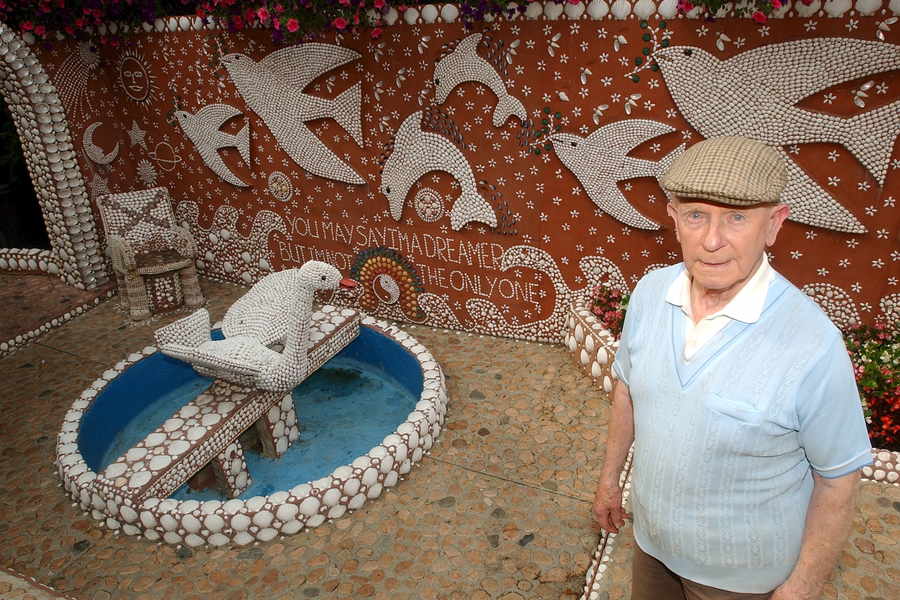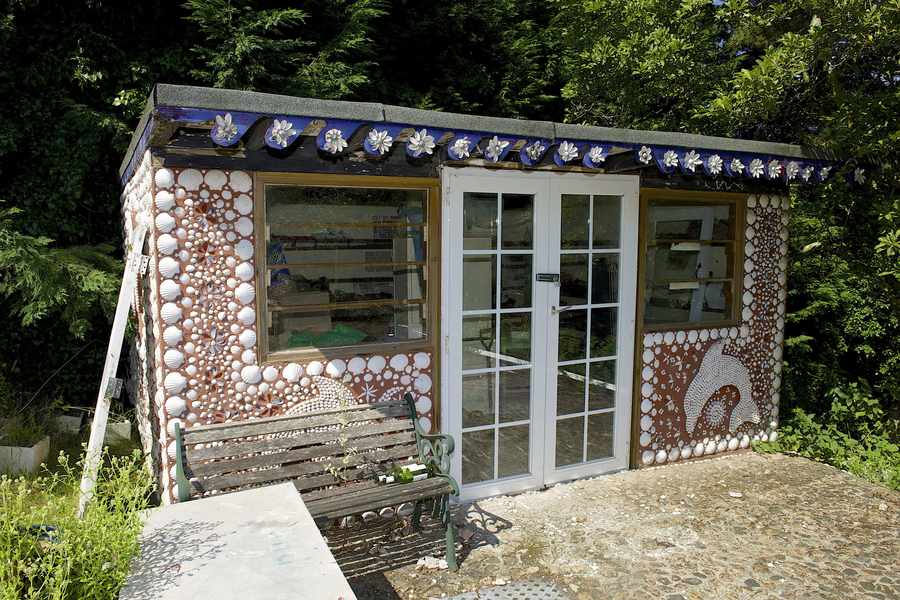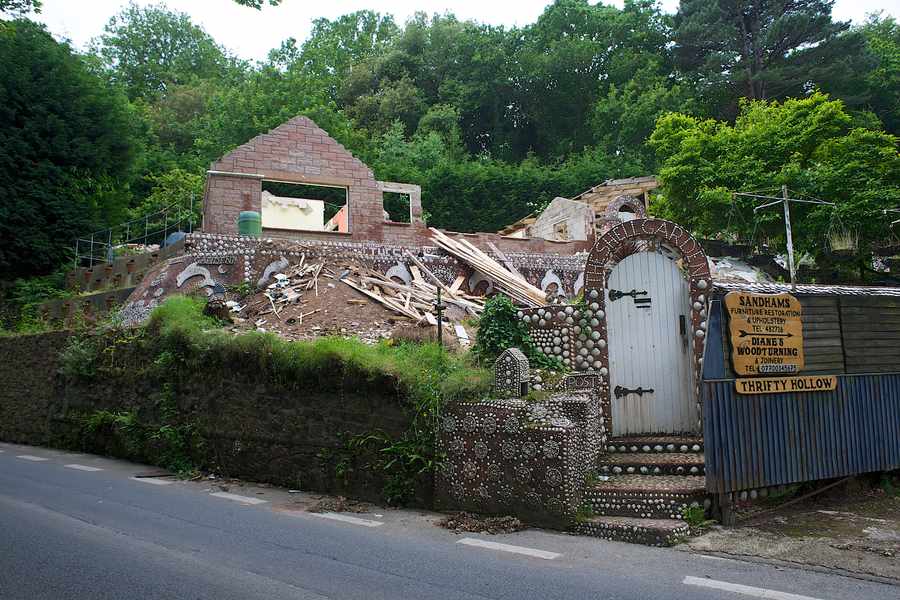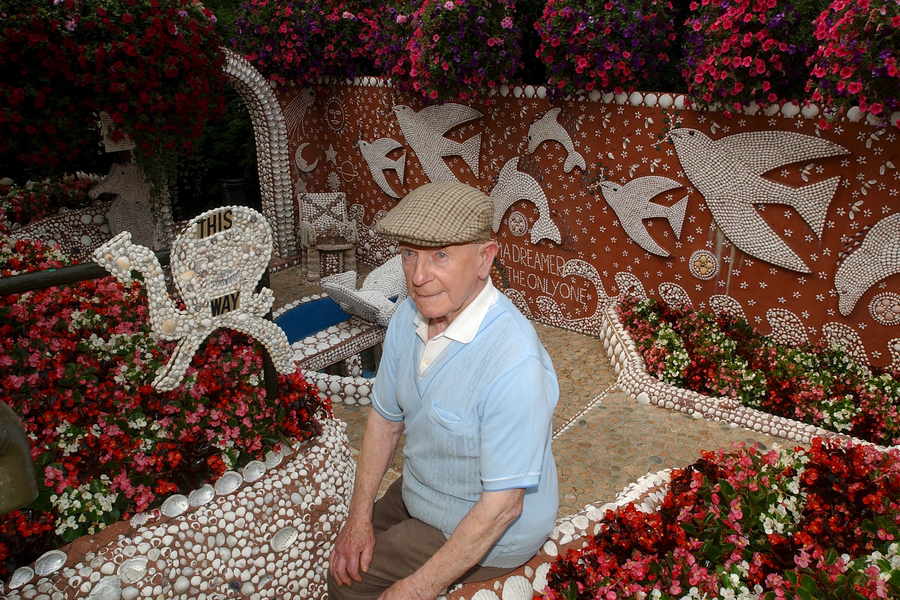
- In 1957 Colin Soudain started the Jersey Shell Garden with the intention of enhancing the hillside surrounding his newly built house at Mont Les Vaux
- Over the years the development continued and the garden became the largest collection mollusc shells in the world
- Of the one million-plus shells featured in the garden, the Jersey ormer, the emperor scallop, the common cockle, the moon shell and the edible mussel are the most frequently found
Last week, the JEP reported that the shell sculptures and mosaics from the once-popular St Brelade tourist attraction had been bought by Island businessman James Bissell-Thomas, after the National Trust for Jersey sold the site to a building developer last year.
Mr Bissell-Thomas criticised the decision, stating that he believed that the Trust had not acted in the interest of Colin Soudain, the creator who bequeathed the property to them.
However, Charles Alluto, the organisation’s chief executive, says the site was sold for £180,000 last year due to a combination of factors, including the fact that there were no specific instructions in Mr Soudain’s will to keep it open.
Mr Alluto explained that when the Trust inherited the garden after Mr Soudain’s death, the property had already been put on the market in order to cover outstanding nursing care, medical and personal costs in excess of £125,000.
He said that it came as ‘a complete surprise’ when the Trust learned that he had bequeathed the property to them.
‘Unlike other benefactors of the Trust, Mr Soudain did not give any indication in his will or otherwise that he wished the Trust to preserve or retain ownership of his property,’ he said.
‘If he had specifically stated that he wanted to keep it going, we would have done everything in our power to keep it open.’
Mr Alluto said that the money the Trust had gained from the sale had gone towards restoring Les Cotils Farm in St Helier.
He added: ‘In the circumstances, the Trust’s priority was to seek to discharge the considerable debts against the estate at the earliest opportunity, and given the poor condition of the property and the lack of access, it was felt there was no option but to continue to market it accordingly.’








